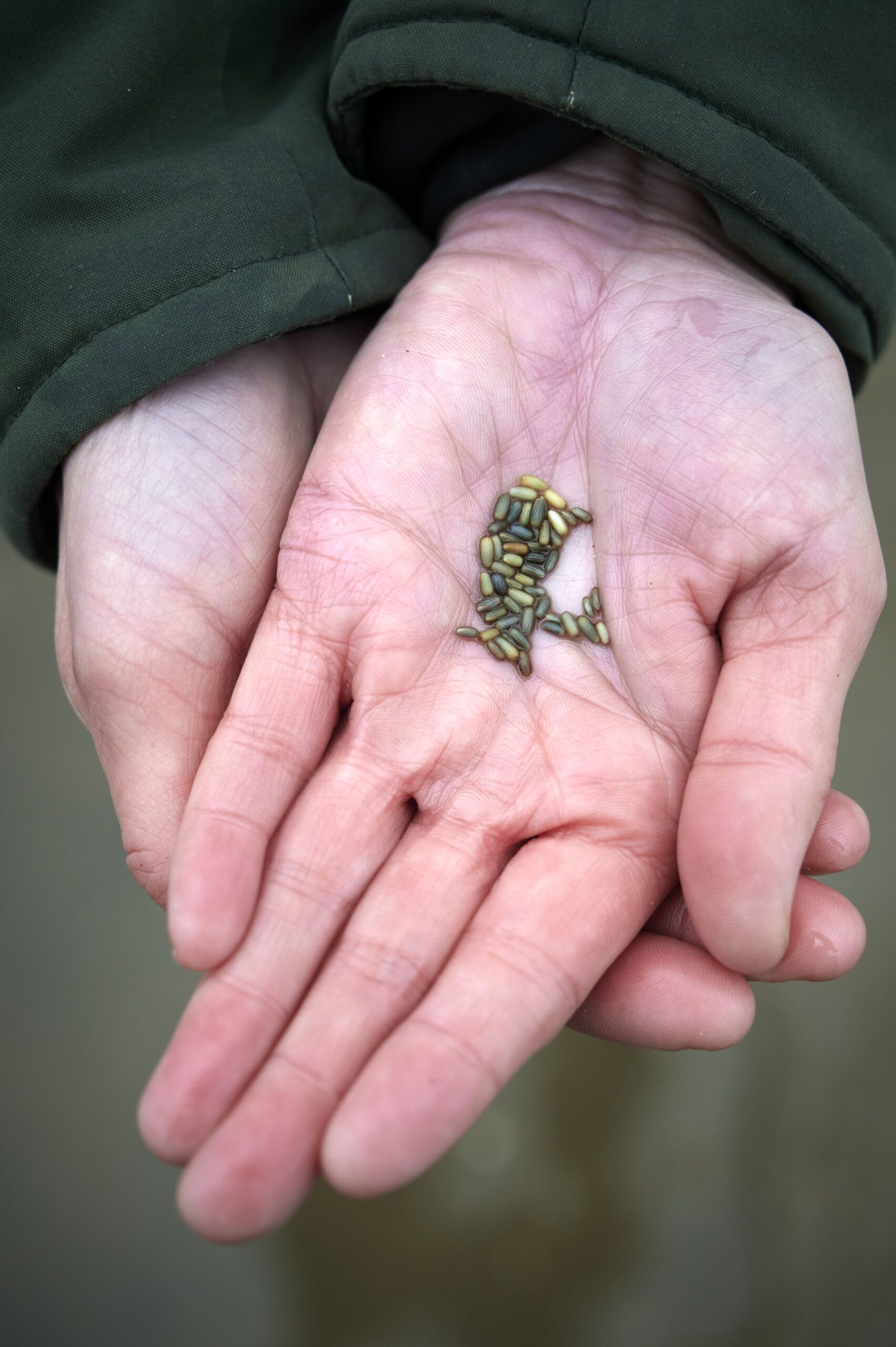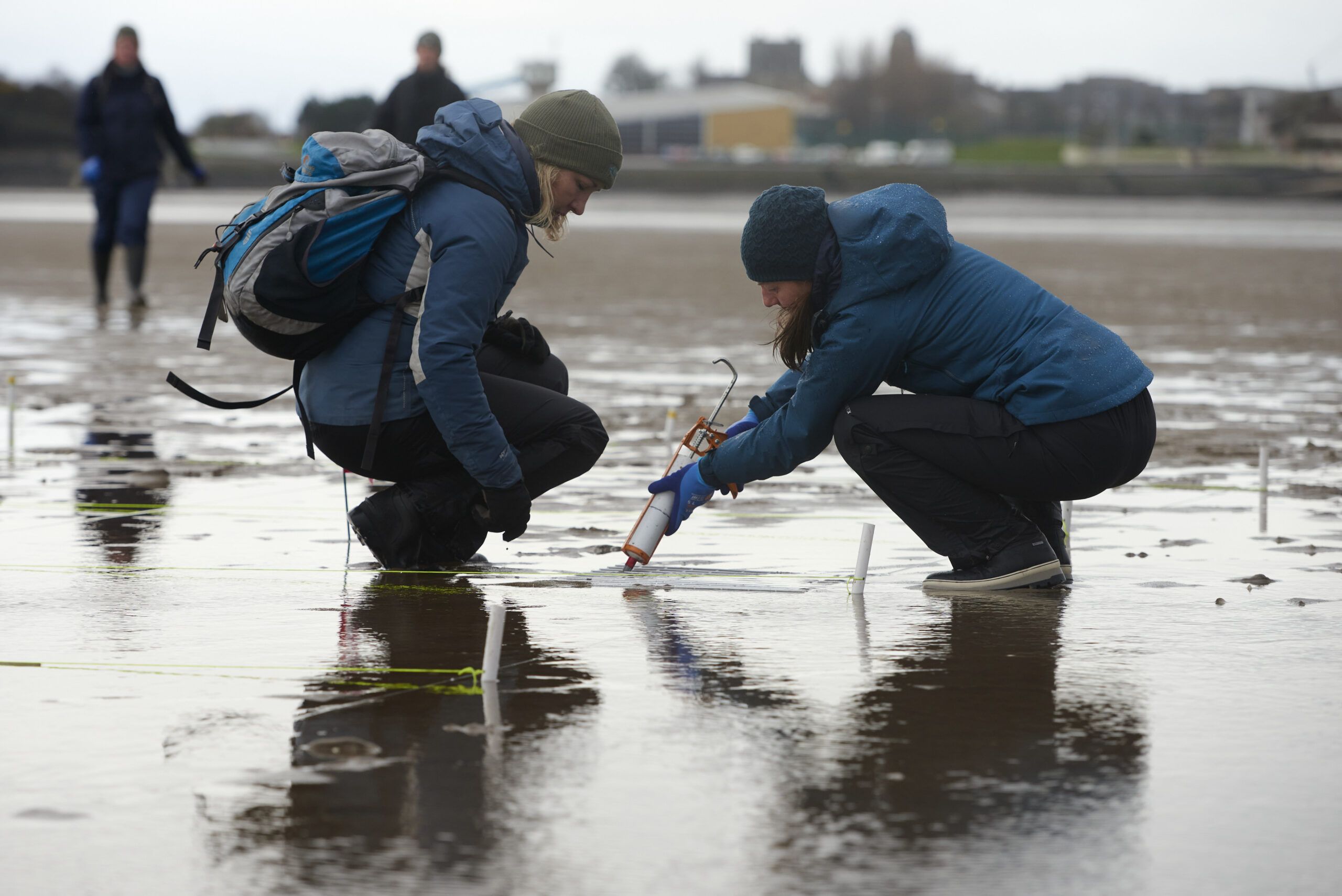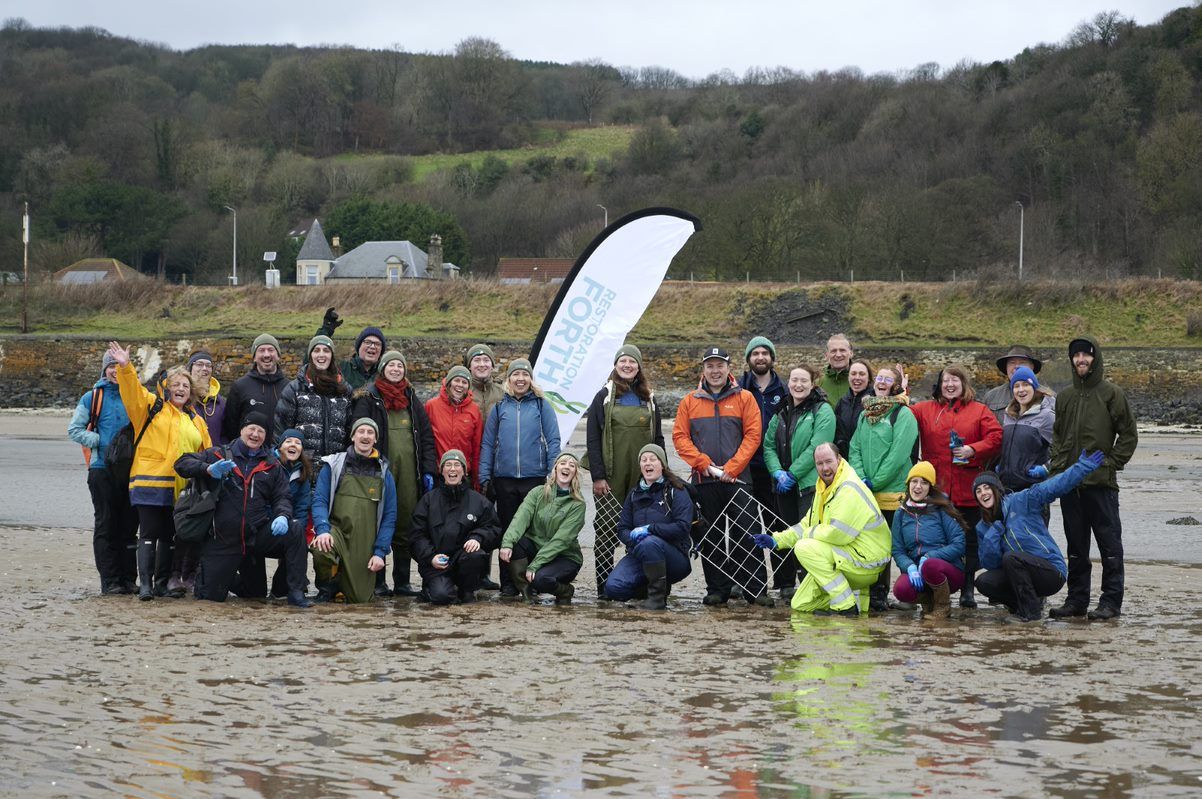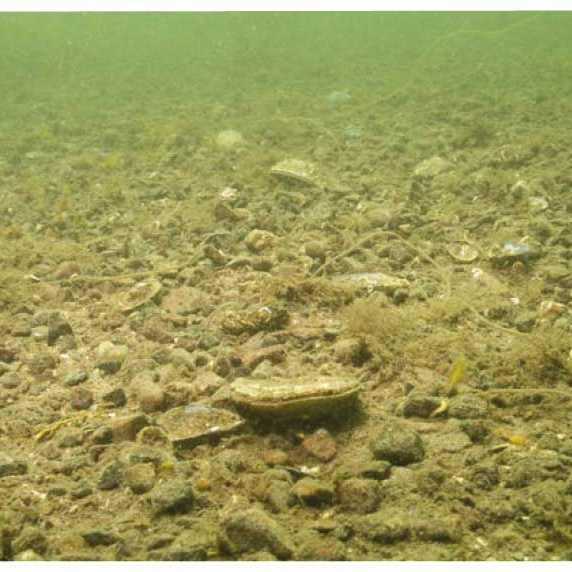Seagrasses are flowering plants found in shallow marine waters all around the coasts of Scotland, from the great firths of the east to the sea lochs and islands of the west. There are two true species of seagrass in Scotland (Eelgrass and Dwarf eelgrass).
The underwater meadows that seagrass form provide a myriad of benefits:
- Essential habitat for a number of different species, boosting biodiversity to help achieve Scotland’s target to halt biodiversity loss by 2030.
- Shelter for many species, including rare species such as native oysters.
- Critical nursery grounds for key fisheries species such as Atlantic Cod, Herring, and Plaice.
- An important food source for wildfowl such as the wigeon.
- Rapidly sequesters carbon faster than many terrestrial habitats – this habitat can significantly contribute to net zero ambitions.
- Stabilising the seafloor by trapping sediment and knitting together the seabed through their roots – this helps to prevent erosion, flooding, and storm damage.
- Acting as natural filters – filtering, cycling, and storing nutrients and pollutants out of water thereby improving water quality.
- Help to prevent diseases for people and marine wildlife by reducing pathogenic marine bacteria by up to 50%
Seagrass meadows are a Priority Marine Feature, UK Biodiversity Action Plan Habitat and an OSPAR threatened and declining habitat. They are protected in 26 locations around Scotland within Marine Protected Areas but have been subject to significant historic loss and remain threatened.
Images: (C) Charlotte Goodlett; WWF-UK; Maverick Photo Agency
Action Needed
- Advocate for landscape/seascape-scale restoration initiatives to benefit multiple species simultaneously (such as Restoration Forth).
- Support improvements to water quality in river and coastal regions through nature-based solutions (including riparian woodland restoration).
- Advocate for improvements to the licensing and permitting processes to support community-led seagrass restoration initiatives.
- Ensure important blue carbon habitats, like seagrass, are accounted for in the National and Regional Marine Plans and included in the Climate Change Plan.
- Advocate for the improvement of our knowledge on the distribution, health, and enhancement potential of seagrass meadows.
- Advocate for ambitious restoration targets in the Natural Environment Bill.
Threats
- Lack of data on extent and distribution of seagrass sites.
- Physical damage from anchoring, poorly designed mooring systems, trampling, dredging, coastal development, and mobile fishing gear.
- Pollution from sewage outflows, agricultural run-off and urban run-off resulting in poor water quality.
- Climate change altering sea temperature and causing acidification.
- Invasive Non Native Species (INNS) such as cord grass that can compete with seagrasses.
MSP Nature Champion
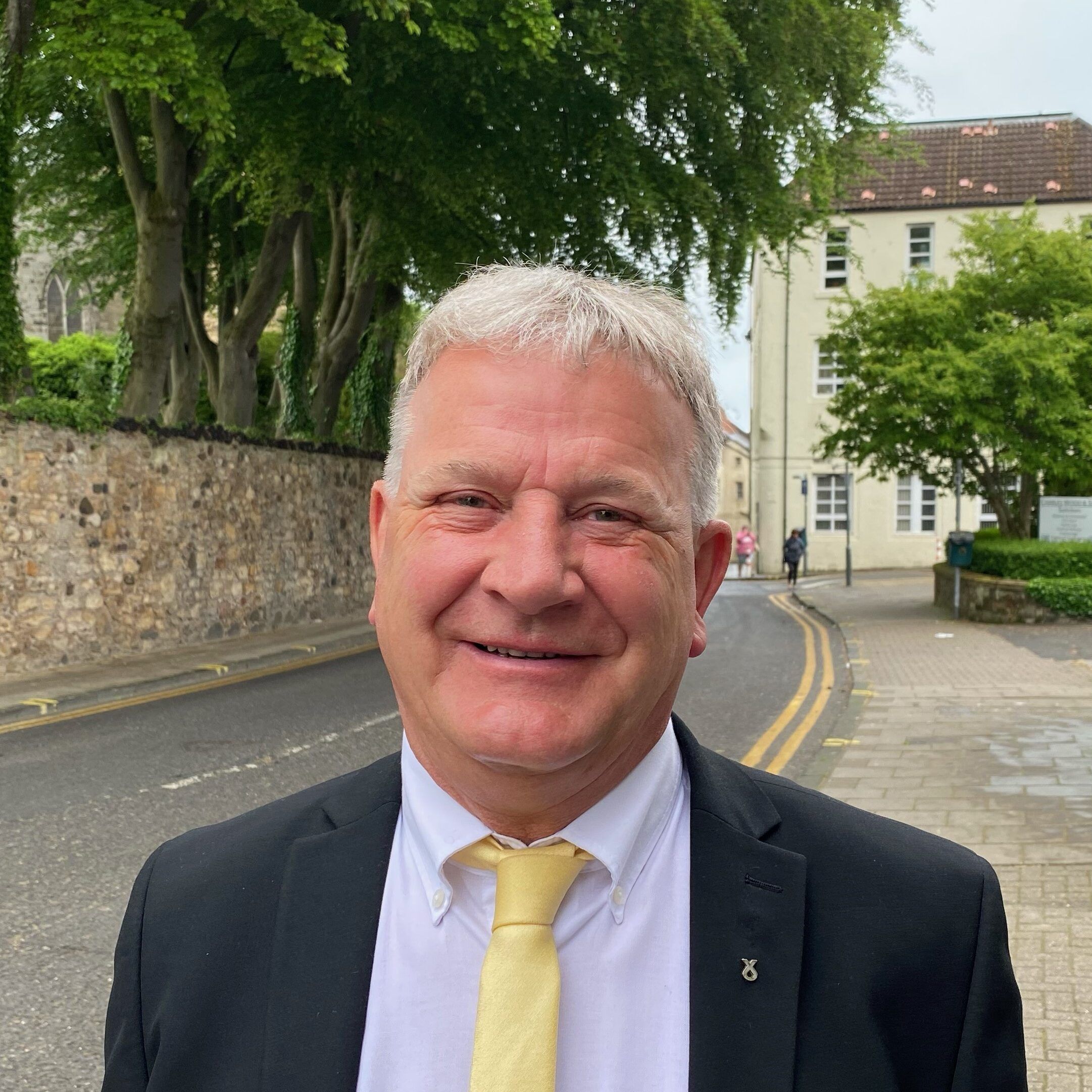
David Torrance
Member for: Kirkcaldy
Region: Mid Scotland and Fife
Party: Scottish National Party

